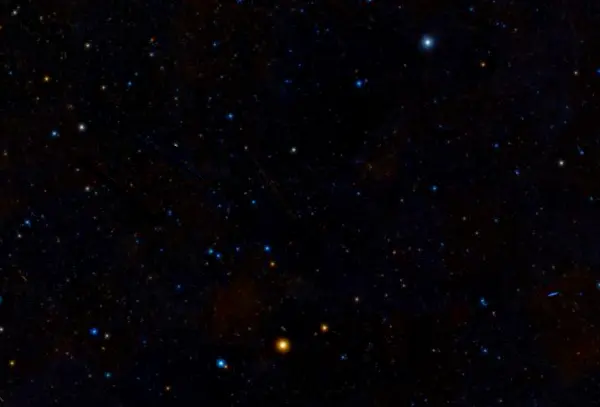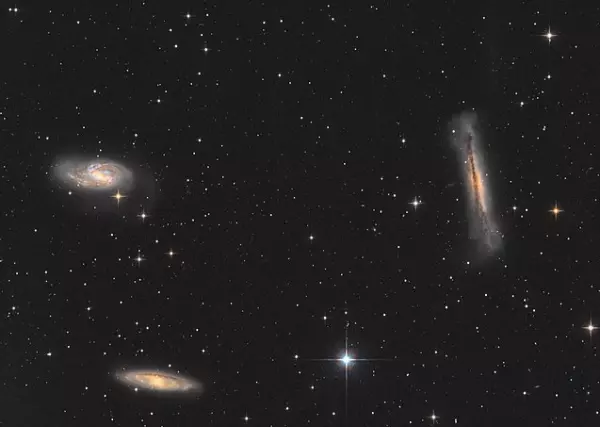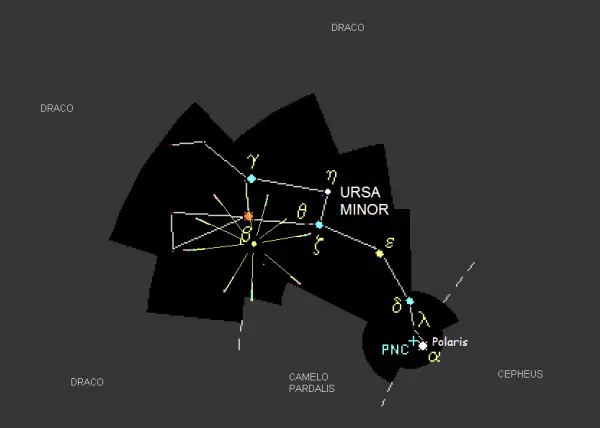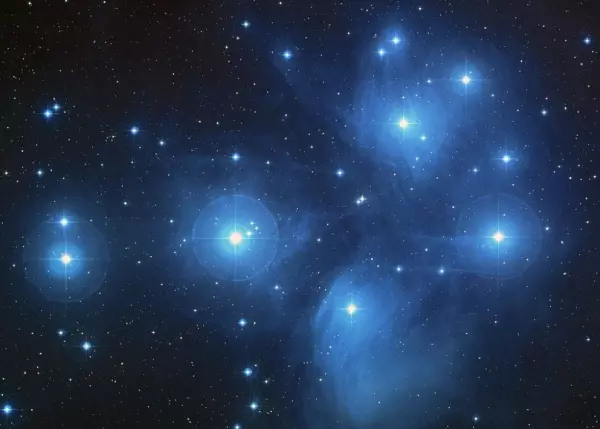Big Dipper
The Big Dipper is an asterism formed by seven bright stars in the northern circumpolar constellation Ursa Major, the Great Bear. It is one of… Read More »Big Dipper
The Big Dipper is an asterism formed by seven bright stars in the northern circumpolar constellation Ursa Major, the Great Bear. It is one of… Read More »Big Dipper
The Little Dipper is an asterism formed by seven bright stars in the constellation Ursa Minor, the Little Bear. It is smaller and fainter than… Read More »Little Dipper
Here are some of the things to see in April:
Read More »Highlights of the Night Sky in April
The Ursids, or Ursid meteor shower, are an annual meteor shower that coincides with the winter solstice. The Ursids occur from December 17 to 25… Read More »Ursids
Here are some of the highlights of the December sky:Read More »Highlights of the Night Sky in December
Polaris, also known as the North Star, Alpha Ursae Minoris or Star of Arcady, is the brightest star in Ursa Minor constellation. It is the… Read More »Polaris: The North Star




